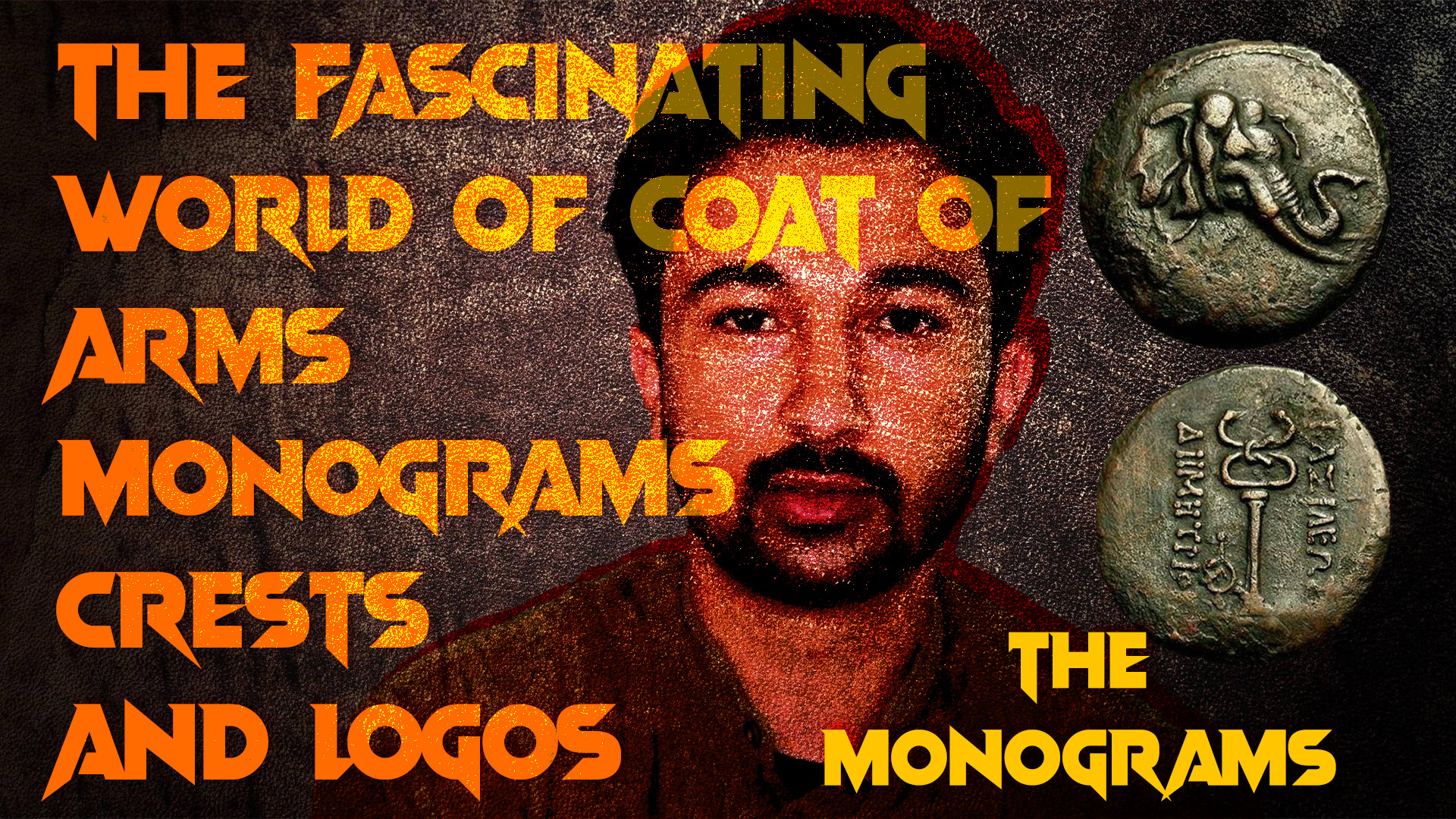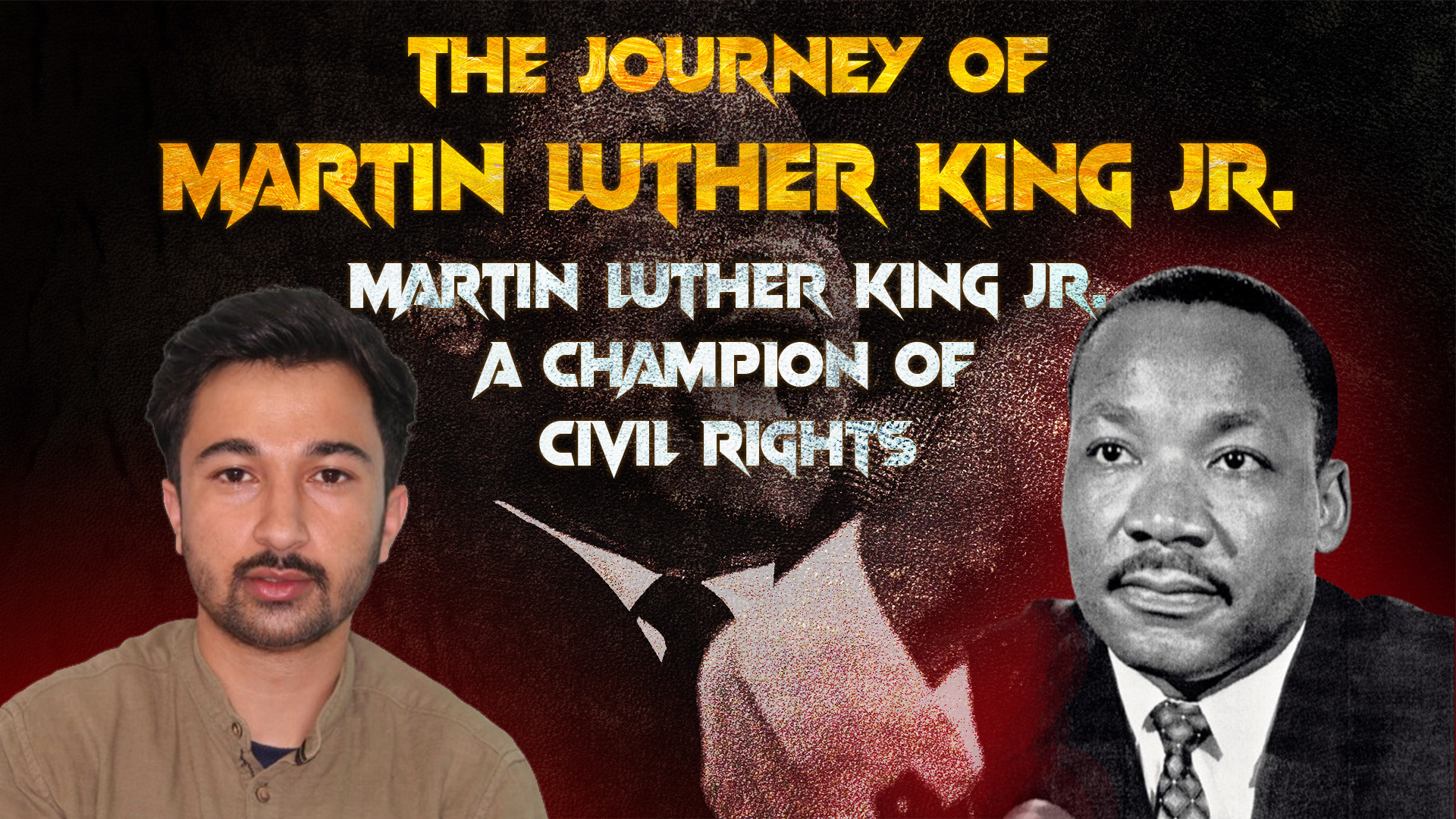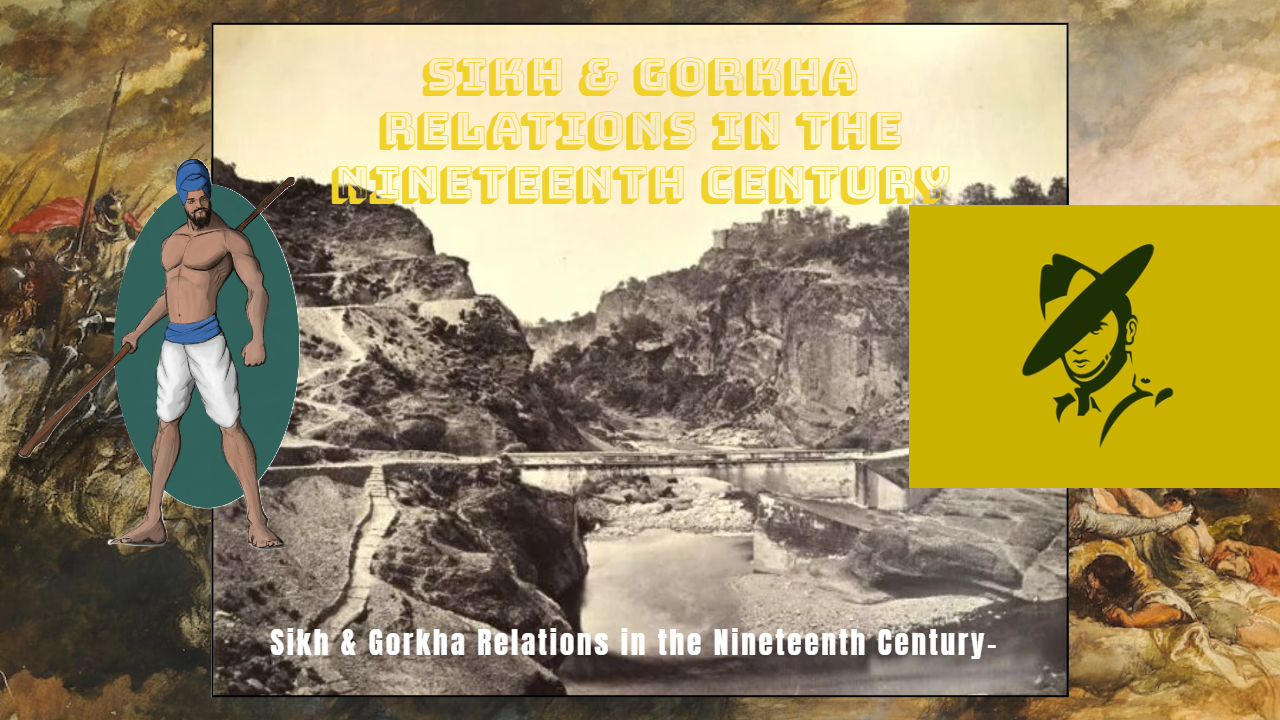The History and Evolution of Coat of Arms
Coat of arms, also known as monograms, crests, or logos, have a long and intriguing history. They were initially devised in Europe and England in the 1700s as a way to identify soldiers and players during wars and games. These designs were placed on the back of their long coats to help people locate and recognize them. Over time, coat of arms became popular in India as well, particularly in the late 1880s, when the government of India sought the assistance of the Priestly States to govern and manage the country more effectively. Indian artists were introduced to this subject and began designing coat of arms for the prominent states that could afford their services. These monograms depicted religious beliefs, flora and fauna, and various other symbols that represented the kings and their states. The use of coat of arms in India has a rich history, with some monograms dating back to the 1820s.
The Love for Long-Lasting Monograms
Interestingly, once a monogram is selected, it tends to last for a long period of time. For example, India has been using the same three-line emblem since 1947. However, before that, each nawab had their own emblems, showcasing their unique interests and influences. One such example is the first nawab of Lucknow, who had a keen interest in European style and even engaged foreign white officers to train his army. He created a monogram that reflected his European influence, which was permitted by the East India Company.
A Glimpse into the World of Monograms
Let’s take a closer look at some of the fascinating monograms from various states in India:
1. ARA, Bihar: The monogram features Ram Bhagwan with a bow and arrow, symbolizing luck and protection.
2. Allure, Uttar Pradesh: This monogram showcases a fish and a crown, representing royalty and prosperity.
3. Ali Khan, Lucknow: The monogram displays two mermaids holding a flag and a crown, symbolizing strength and leadership.
4. Vijayawar, Madhya Pradesh: The monogram features two horses holding a shield and a flying angel, displaying power and spirituality.
5. Baroda, Gujarat: The monogram includes a crown, a talwar, and the initial of the king, symbolizing royalty and valor.
6. Gwalior, Madhya Pradesh: This monogram is characterized by two tigers holding a shield and a cobra on top, representing strength and protection.
7. Jammu and Kashmir Rifles: The monogram, made of gold embroidery on a woolen background, showcases a dogra soldier holding a shield, symbolizing bravery and defense. These are just a few examples of the diverse and intricate monograms found in various states of India. Each monogram tells a unique story about the history, culture, and beliefs of the state and its rulers.
A Glimpse into the World of Monograms
The world of monograms is vast, with countless examples from different states in India. Here are a few more monograms that showcase the rich and diverse heritage of India:
1. Darbar of Chattarpur: This monogram features a beautiful depiction of the divine goddess and two elephants holding a shield, symbolizing power and protection.
2. Nava Nagar (Jamnagar): This monogram showcases three fishes, symbolizing the port city of Jamnagar, along with two deer representing strength and grace.
3. Bundi State, Rajasthan: The monogram displays two birds holding a shield with a fort and a flag, symbolizing the state’s strategic location and defense.
4. Patiala State, Punjab: This monogram features an elephant, a lion, and a horse holding a shield, representing power, courage, and loyalty.
5. Mysore State, Karnataka: The monogram is a combination of an elephant and a lion, symbolizing strength, wisdom, and royalty.
6. Baria District, Gujarat: The monogram showcases two flying horses holding a shield, representing speed and agility.
7. Porbandar, Gujarat: The monogram highlights the sacred Hanumanji deity flying, representing bravery and devotion. These monograms, along with many others, offer a glimpse into the rich tapestry of India’s history, culture, and royal heritage.
A Collection to Be Cherished
The collection of these monograms is a testament to the dedication and passion of the individuals who have carefully preserved and documented them. Without the support of family members, this collection would not have been possible. It serves as a valuable resource for those interested in exploring and understanding the fascinating world of coat of arms, monograms, crests, and logos. While there may not be a comprehensive book or catalog on this subject, the efforts of collectors and enthusiasts have ensured that the legacy of these monograms lives on. Through their intricate designs and symbolic representations, these monograms provide a glimpse into the diverse and rich history of India’s states and their rulers. As we admire and appreciate these monograms, let us also acknowledge the artistic talents, cultural influences, and historical significance they encapsulate. They serve as a reminder of the vibrant and dynamic heritage that continues to shape India’s identity.
Is a coat of arms a logo?
While crest is often incorrectly used a synonym for coat of arms, it only means the element atop the helmet or crown. coats of arms are described (blazoned) from the wearer’s perspective, meaning that the left and right are swapped. Coats of arms are not like logos which can be changed arbitrarily.
What does coat of arms symbolize?
coat of arms, the principal part of a system of hereditary symbols dating back to early medieval Europe, used primarily to establish identity in battle. Arms evolved to denote family descent, adoption, alliance, property ownership, and, eventually, profession.
Why is logo called logo?
Logo is not an acronym: the name was coined by Feurzeig while he was at Bolt, Beranek and Newman, and derives from the Greek logos, meaning word or thought.
How do you identify a crest?
The crest sits on top of the coat of arms, often above the symbol of a helmet. This reflects its medieval origins as a means of identification during combat when an emblem would be attached to the top, or crest, of the combatant’s helmet.













CoLQfwONJcamB
roKlmNeUvG
kURnLXYZHmyqes